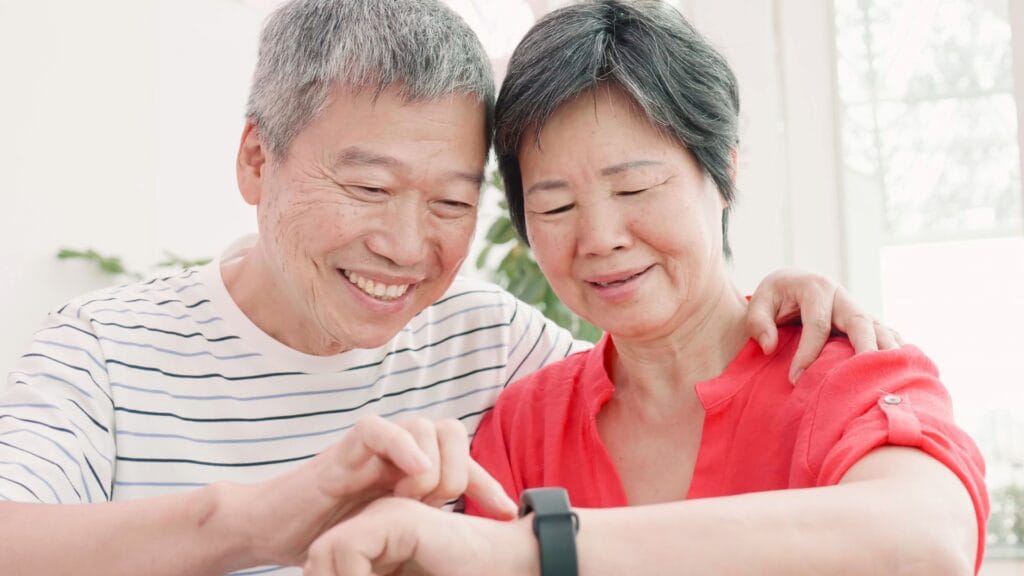In recent years, wearable technology has transformed various aspects of daily life, and its impact on aged care is particularly noteworthy. Wearable devices, such as smartwatches and fitness trackers, are becoming indispensable tools for monitoring the health of older adults. These devices offer more than just data—they provide a sense of security and independence, enabling seniors to live more autonomously while maintaining health and safety.
The Rise of Wearable Technology in Aged Care
Wearable Technology in Aged Care
Wearable technology has emerged as a powerful tool in the aged care sector, with devices like smartwatches and fitness trackers playing a pivotal role. These devices monitor vital signs such as heart rate, activity, and sleep patterns. The data collected can alert caregivers to potential health issues before they become serious, enabling timely interventions. This proactive approach to health care is critical in managing chronic conditions and ensuring the well-being of older adults.
Benefits of Health Monitoring Wearables for Seniors
Health monitoring wearables offer significant benefits for seniors, from providing real-time health data to enhancing the overall quality of life.
For instance, continuous monitoring can detect irregularities in heart rate, signaling potential cardiac issues. Early detection allows for quick medical response, which can be life-saving. Moreover, these devices promote healthy lifestyle choices by tracking physical activity and encouraging seniors to stay active and engaged.
Enhancing Health & Independence Through Wearable Technology
Wearable technology promotes independence by allowing continuous health monitoring. This enables seniors to live independently while their health is remotely monitored. This real-time health data can be shared with healthcare providers, leading to more personalised and responsive care and reducing the need for hospital visits.

Challenges and Considerations for Using Wearable Technology in Aged Care
Usability and Accessibility for Older Adults
While wearable technology offers numerous benefits, it is essential to consider usability and accessibility for older adults. Many seniors may not be tech-savvy and might find complex devices intimidating. Therefore, it is crucial to design wearables with user-friendly interfaces and simple, easy-to-understand functionalities. Ensuring that devices are comfortable to wear and easy to operate will encourage adoption and consistent use.
Data Privacy and Security Concerns
Another critical consideration is data privacy. Wearable devices collect sensitive health information, making them targets for data breaches. Ensuring robust security measures and educating users about data protection are essential steps in safeguarding personal health information. Trust in the security of these devices will be a key factor in their widespread adoption.
Embracing the Future of Elderly Care with Wearable Technology
Wearable technology has the potential to revolutionise elderly care, offering a combination of health monitoring, independence, and peace of mind.
By embracing these innovations, we can ensure that older adults enjoy a higher quality of life, with enhanced safety and autonomy. As technology continues to advance, the future of aged care looks promising, with wearables playing a central role in fostering healthier, more independent living for our ageing population.




